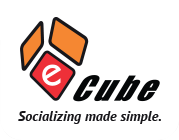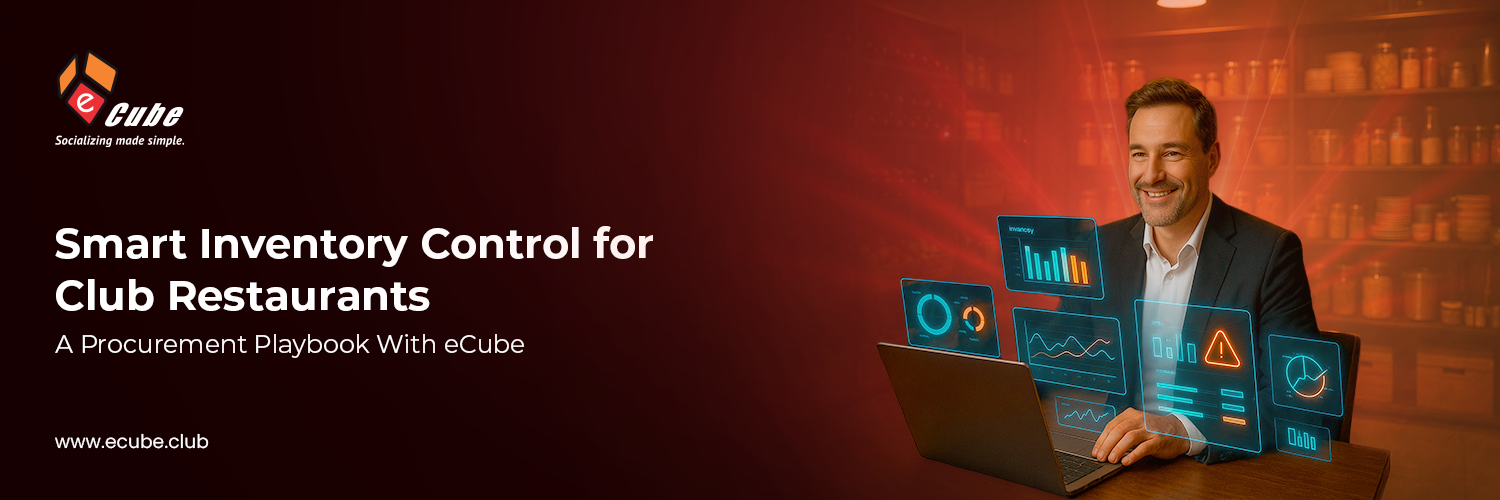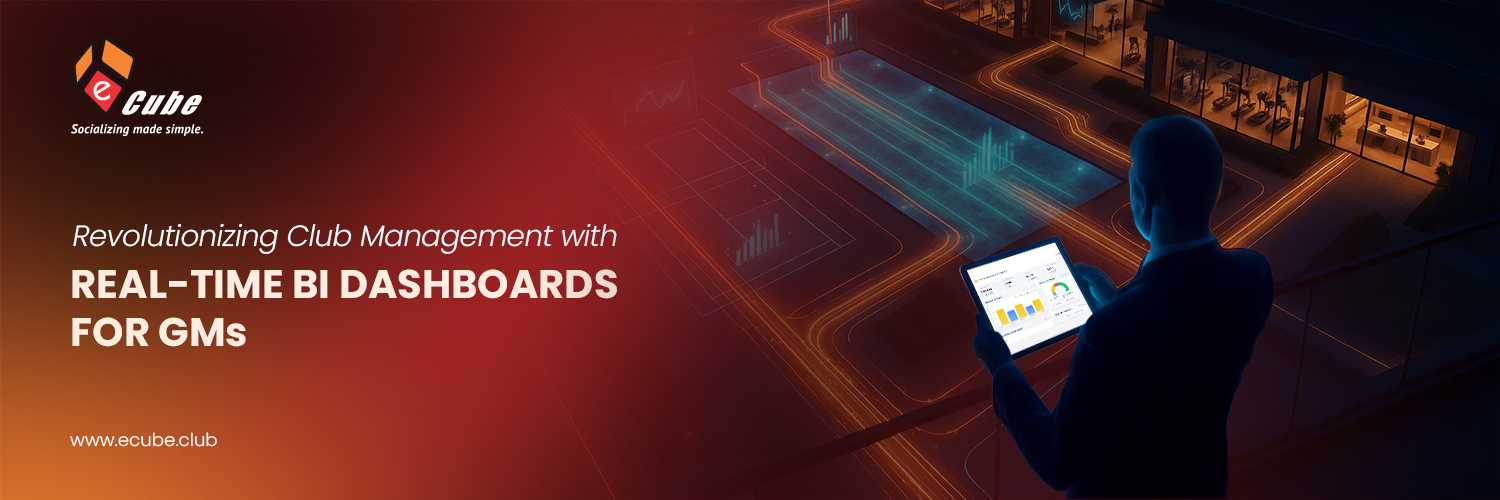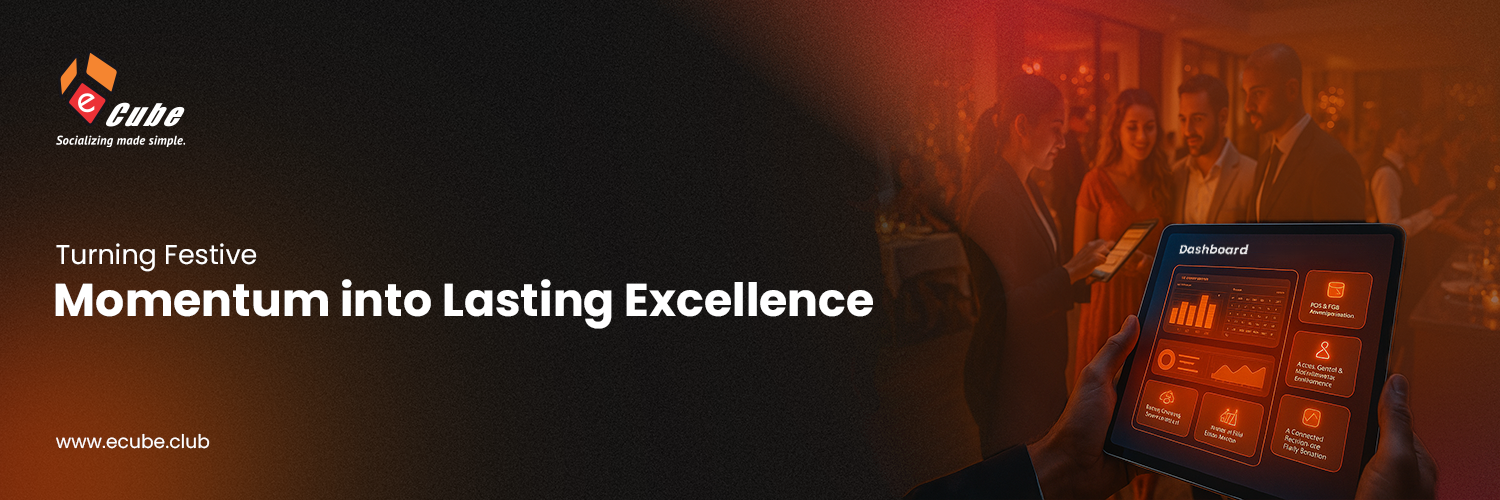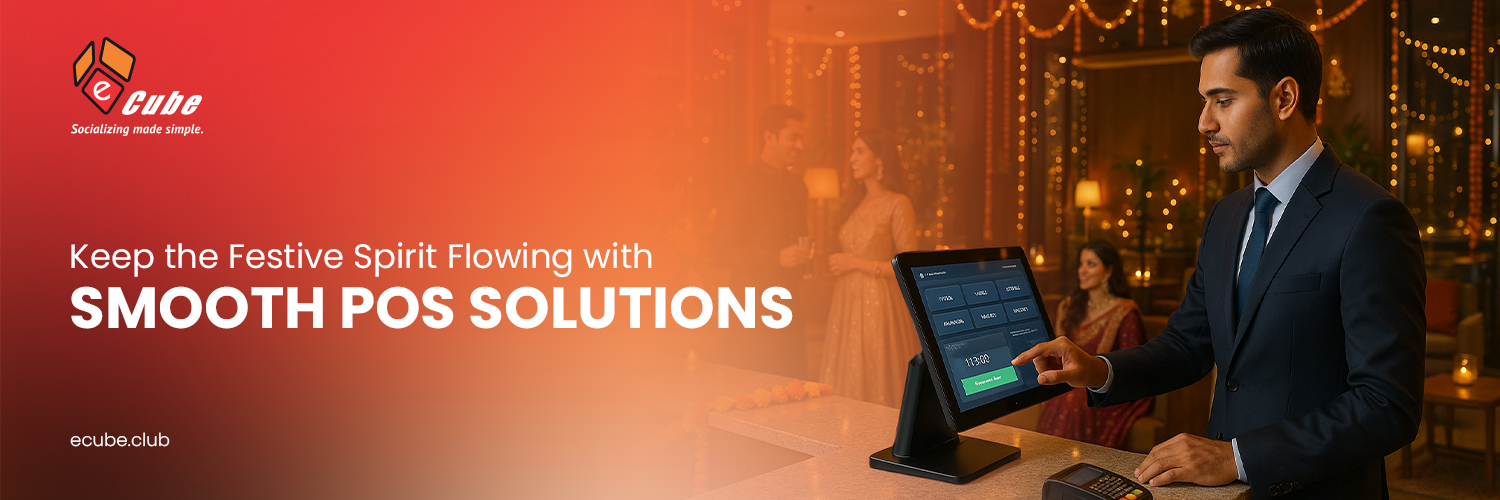Running Food and Beverage at a club is not the same as running a standalone restaurant. You serve members across outlets, events, and bars, with different pricing, credit rules, and peak patterns. Purchase Managers and Procurement leaders carry the load of keeping menus consistent, stock fresh, and costs predictable. This guide explains why club inventory control is different, what “smart” looks like in practice, and how eCube connects Point of Sale (POS), procurement, stock, recipes, and analytics so you can run a tighter, more transparent operation.
Why inventory control is different in clubs
Club restaurants operate under constraints and patterns that typical restaurants rarely face:
a. Many outlets, one brand promise. Multiple kitchens, bars, kiosks, banquet venues, and poolside counters mean one miscount can cascade into stockouts elsewhere. You need sub-store visibility and transfers by outlet and cost center. eCube’s Stock and Inventory Management is designed for this multi-location control.
b. Event-driven spikes and member programs. Weekend tournaments, festivals, and member nights swing demand in hours. Par levels and advance purchase plans must reflect upcoming covers and bookings.
c. Member billing rules and credit. Member pricing, credit limits, and post-billed consumption have to reconcile with actual stock movement and POS sales in real time. eCube unifies POS, inventory, billing, and MIS (Management Information System) reporting to keep ledgers accurate.
d. Tight beverage and perishables control. Batch, expiry, and First-In, First-Out (FIFO) discipline are non-negotiable to manage shrinkage and freshness.
e. Hardware and access footprint. Clubs often run access control, turnstiles, and kiosks. eCube’s hardware integrations align these touchpoints with software controls, creating a secure and auditable flow.
What smart inventory control looks like
Smart control links four layers into one loop that runs from Purchase to Plate:
a. Procurement and Vendor Management
- Indents raised by kitchens and bars translate into Requests for Quotation (RFQs), vendor comparisons, Purchase Orders (POs), and Goods Received Notes (GRNs).
- Three-way matching across PO, GRN, and invoice prevents leakage and price drift. eCube’s eHSM stack lists Vendor Management and Procurement & Purchase Management as core features.
- Benchmarks in hospitality emphasize similar automated purchasing flows and materials management, which validates eCube’s approach.
b. Stock Control and Movement
- Real-time stock updates at GRN and at issue to outlets, with transfers between stores, batch tracking, and expiry oversight.
- POS-linked deductions on every sale reduce the gap between theoretical and actual stock. eCube’s POS and Stock & Inventory Management are designed to work together.
c. Costing and Menu Engineering
- Recipes and Bills of Materials (BOMs) lock in standard yield, portion sizes, and theoretical consumption.
- Periodic variance analysis between theoretical and actual keeps Cost of Goods Sold (COGS) credible. eCube lists Item Consumption and Evaluation and F&B costing as part of the restaurant stack.
d. Analytics and Alerts
- Business Intelligence (BI) dashboards highlight stock turns, slow movers, wastage, and vendor performance. eCube’s BI focus appears across materials with role-specific reports for GMs and department heads.
- This type of KPI tracking is recommended for accuracy and margin control.
How Club Restaurants Benefit from Smart Inventory Control
Smart inventory control links kitchens, bars, stores, and finance so teams plan confidently and deliver consistent service.
a. Lower operational costs. First In, First Out (FIFO) cuts waste; recipe and Bill of Materials (BOM) discipline keeps Cost of Goods Sold (COGS) predictable.
b. Better planning. Event-aware forecasts with Stock Keeping Unit (SKU) visibility improve ordering and par levels.
c. Improved member experience. Point of Sale (POS) sync reduces stockouts, keeps menus consistent, and speeds up service.
d. Stronger cross-team coordination. Three-way match across Purchase Order (PO), Goods Received Note (GRN), and invoice streamlines Finance and Procurement. Role-based Business Intelligence (BI) and Management Information System (MIS) views align everyone.
e. Additional gains. Lower Days on Hand, clearer supplier scorecards, faster audits, and audit-ready trails for compliance.
How eCube helps Purchase Managers control cost and risk
Purchase to Plate in one flow
eCube’s modules cover Restaurant Management, Inventory & Stock Management, Vendor Management, Procurement & Purchase Management, POS Management, and Food & Beverage Costing. This creates a single loop from indent to issue to sale, with MIS reporting on top.
What you gain day to day
a. Procurement control. Compare quotes, enforce approved POs, and record GRNs with variances.
b. Live stock truth. POS (Point of Sale) sales auto-deduct stock and post to the right cost centers.
c. Recipe-level discipline. Standard recipes, yields, and portions keep COGS predictable.
d. Audit-ready reporting. BI dashboards and scheduled reports by outlet, category, and vendor.
Multi-outlet visibility without the spreadsheet sprawl
Track receipts, transfers, and issues for main store, beverage store, and outlet sub-stores.
Strong POS and accounting alignment
eCube aligns POS with inventory and supports ERP and accounting integrations such as Tally, avoiding duplicate entry and reconciliation drift.
The eCube Advantage
eCube unifies procurement, inventory, recipes, POS, and reporting into one controllable loop.
a. Unified platform. One source of truth with role-based access for Stores, Food and Beverage (F&B) Control, Procurement, and General Manager (GM).
b. Centralized inventory. Multi-location visibility, batch and expiry tracking, FIFO or First Expired, First Out (FEFO), par levels, and proactive alerts.
c. Vendor management. Request for Quotation (RFQ) to PO to GRN in a single flow, with lead time and On-Time In-Full (OTIF) scorecards.
d. Forecasts and insights. Event-linked demand, order history analytics, and KPIs such as COGS, turnover, Days on Hand, and variance.
e. Mobile-first execution. Create indents, approve POs, and capture GRNs on phones or tablets; faster cycle counts with guided tasks.
f. Easy ordering and approvals. Threshold-based approvals, templates, and favorites speed recurring buys.
g. POS and accounting alignment. Real-time stock deduction at the right cost center and clean handoff to Enterprise Resource Planning (ERP) or Tally.
KPIs that signal healthy control
- Inventory turnover and Days on Hand
- Theoretical vs. actual consumption variance
- Waste and write-offs by category
- COGS percentage by outlet
- Vendor lead time and On-Time In-Full (OTIF)
- Stockout frequency for critical SKUs
Case Study: A Friday Banquet Under Control With eCube
Client: Member-only city club with three outlets and a 300-seat banquet hall.
Before eCube
- Stock on spreadsheets, no single truth.
- High wastage, weak FIFO (First In, First Out).
- Manual GRNs (Goods Received Notes) and frequent errors.
- Poor coordination across Stores, Kitchen, Procurement, and Finance.
- Stockouts, refunds, and rising COGS (Cost of Goods Sold).
What changed with eCube
- Indent to RFQ (Request for Quotation) to PO (Purchase Order) to GRN with three-way match.
- Real-time inventory with POS (Point of Sale) auto-deductions per outlet and SKU (Stock Keeping Unit).
- Standard recipes and BOMs (Bills of Materials) for accurate yield and costing.
- Par levels, near-expiry alerts, and variance reporting in BI (Business Intelligence) and MIS (Management Information System).
- Vendor scorecards, OTIF (On Time In Full) tracking, and ERP (Enterprise Resource Planning) posting for faster payments.
Benefits
BOMs compute exact needs, reorder suggestions compare on-hand plus committed stock, POs released and GRNs validated, POS auto-deducts during service, BI flags any variance post-event.
Results after 8 weeks:
Wastage reduced by 12%, manual errors eliminated in indents and GRNs, COGS improved by 3 percentage points, vendor invoice cycle time cut by 6 days, and member satisfaction improved with near-zero stockouts.
Conclusion
Clubs win on consistency, not chance. Smart inventory control ties procurement discipline, POS-driven stock truth, recipe-level costing, and BI-led decision making into one loop. eCube brings these parts together for Purchase Managers and Procurement teams, from Vendor Management and Procurement & Purchase Management to Stock & Inventory Management, POS, and Food & Beverage Costing. The result is fewer stockouts, lower waste, cleaner COGS, and a procurement function that can plan with confidence and report with clarity.
